In the fast-paced world of T20 cricket, where quick scoring is the norm, there have been occasions where Indian batsmen have played surprisingly slow innings. These performances often arise from challenging pitch conditions, strong bowling attacks, or specific match strategies. Despite the nature of the format, these innings stand out as examples of resilience and adaptability. Below are the top 5 slowest innings by Indian batsmen in T20 cricket.
In a T20I against Australia at the Melbourne Cricket Ground in 2008, MS Dhoni played one of the slowest innings by an Indian batsman. The Indian team faced a tough Australian bowling attack and frequent loss of wickets. Dhoni tried to stabilize the innings but could only score 9 runs off 27 deliveries, finishing with a strike rate of 33.33. India was bowled out for 74, and Australia chased the target comfortably.
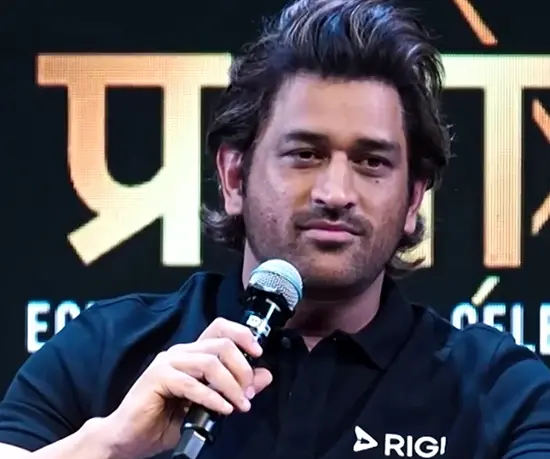
In the final of the ICC World T20 2014 against Sri Lanka, Yuvraj Singh struggled to get going. His innings of 11 runs off 21 balls, at a strike rate of 52.38, slowed India's momentum. As a result, the team could only post a modest total of 130/4. Sri Lanka chased it down with ease, securing the championship.
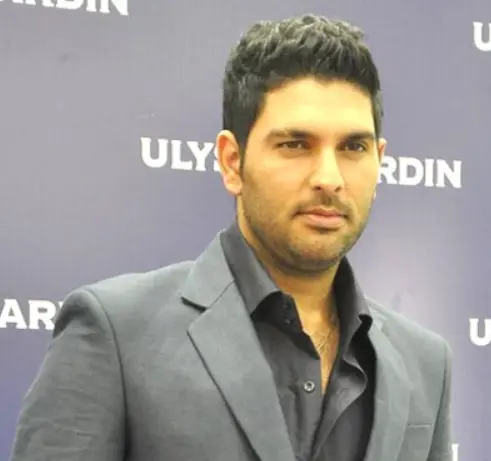
In a 2012 T20I against Australia, Gautam Gambhir scored 56 runs off 60 balls with a strike rate of 93.33. While he held the innings together, his inability to accelerate hampered India's chances. The innings was notable for being cautious in a format that demands aggression.
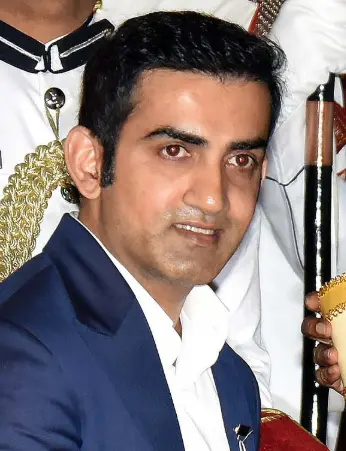
Shikhar Dhawan's knock of 41 runs off 42 balls came in a T20I against Bangladesh in 2019. Though he managed to provide some stability, his strike rate of 97.61 was uncharacteristic for T20 cricket and impacted India's ability to post a competitive total.
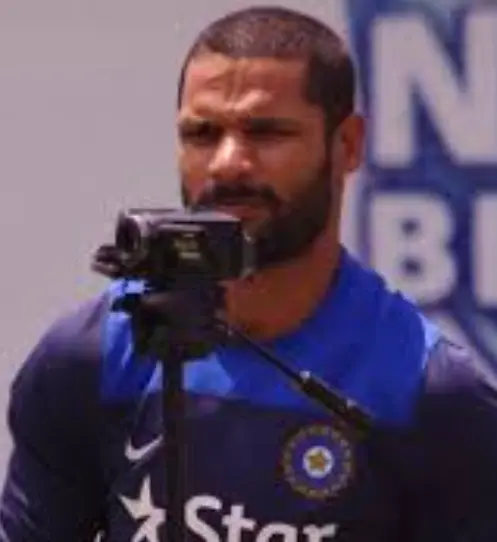
In the 2016 Asia Cup against Pakistan, Virat Kohli played a slow yet critical innings of 49 runs off 51 balls. His strike rate of 96.97 was lower than his usual standards, but the effort was aimed at steadying the innings after early losses. Kohli's approach reflected the challenges of batting on a tough pitch.
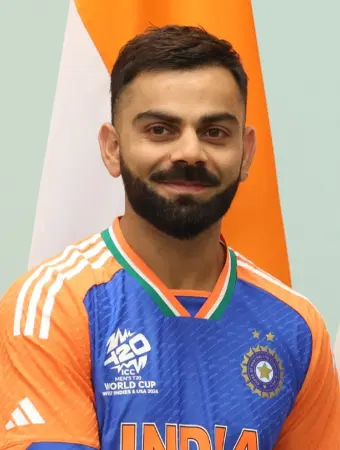
The Indian Premier League (IPL) has also seen its share of slow innings by Indian players, often influenced by high-pressure situations or difficult playing conditions.
In the 2009 IPL season, Yashpal Singh scored just 6 runs off 20 balls at a strike rate of 30.00. His innings, though slow, played a role in steadying the team during a challenging chase.
In a 2016 match against Kolkata Knight Riders, MS Dhoni had an uncharacteristically slow innings, scoring 8 runs off 22 balls. This effort, with a strike rate of 36.36, came under difficult pitch conditions and against disciplined bowling.
Manvinder Bisla played a slow knock of 9 runs off 22 balls in a 2011 match against Rajasthan Royals. Despite his struggles, the team managed to secure a narrow victory.
In an IPL 2023 match, KL Rahul’s innings of 68 runs off 61 balls was criticized for being too slow. Although he scored a half-century, his inability to accelerate during key moments affected his team's chances.
Though not Indian, Chris Gayle’s slow innings in the 2015 IPL season highlights how even the most aggressive batsmen can struggle. His knock of 10 runs off 24 balls remains one of the slowest in IPL history.
T20 cricket is synonymous with high-intensity action, aggressive stroke play, and quick scoring. However, these slow innings show that circumstances can compel even the most talented batsmen to alter their natural game. Whether due to pitch conditions, tactical decisions, or the quality of the opposition, these performances highlight the versatility required in cricket. These innings, though slow, reflect the challenges and complexities of the game.
The slowest T20 innings by an Indian batsman is MS Dhoni's 9 runs off 27 balls against Australia in 2008.
MS Dhoni holds the record for the slowest innings by an Indian batsman in T20Is.
Gautam Gambhir scored a slow half-century, taking 56 balls to reach 50 against Australia in 2012.
The lowest strike rate in a T20 match by an Indian is 33.33, achieved by MS Dhoni during his innings against Au stralia in 2008.